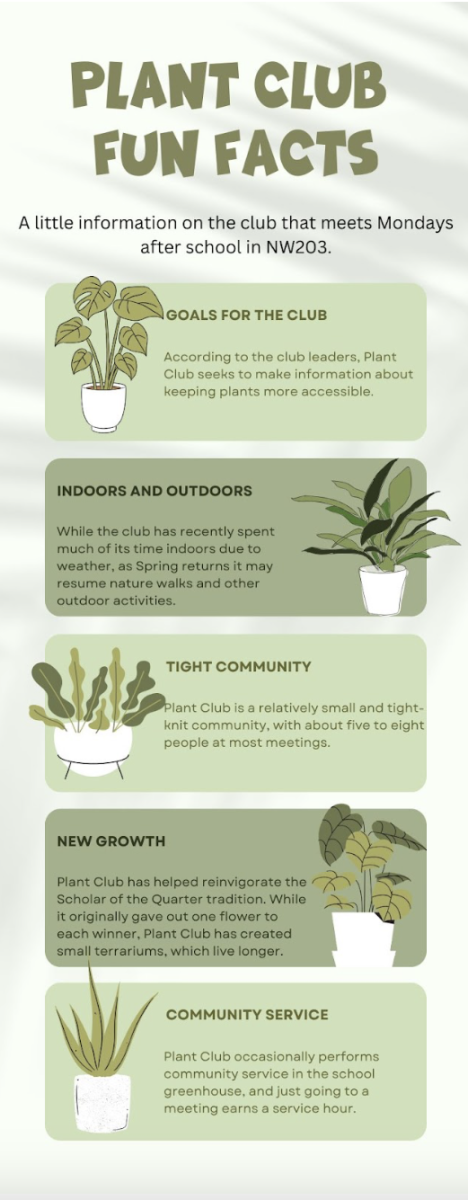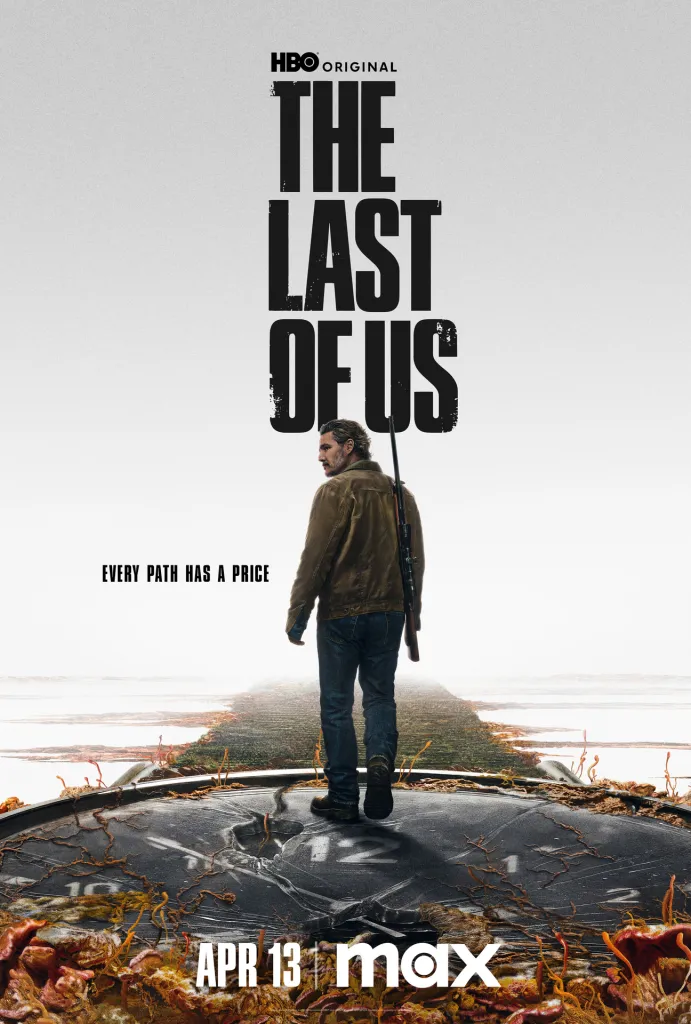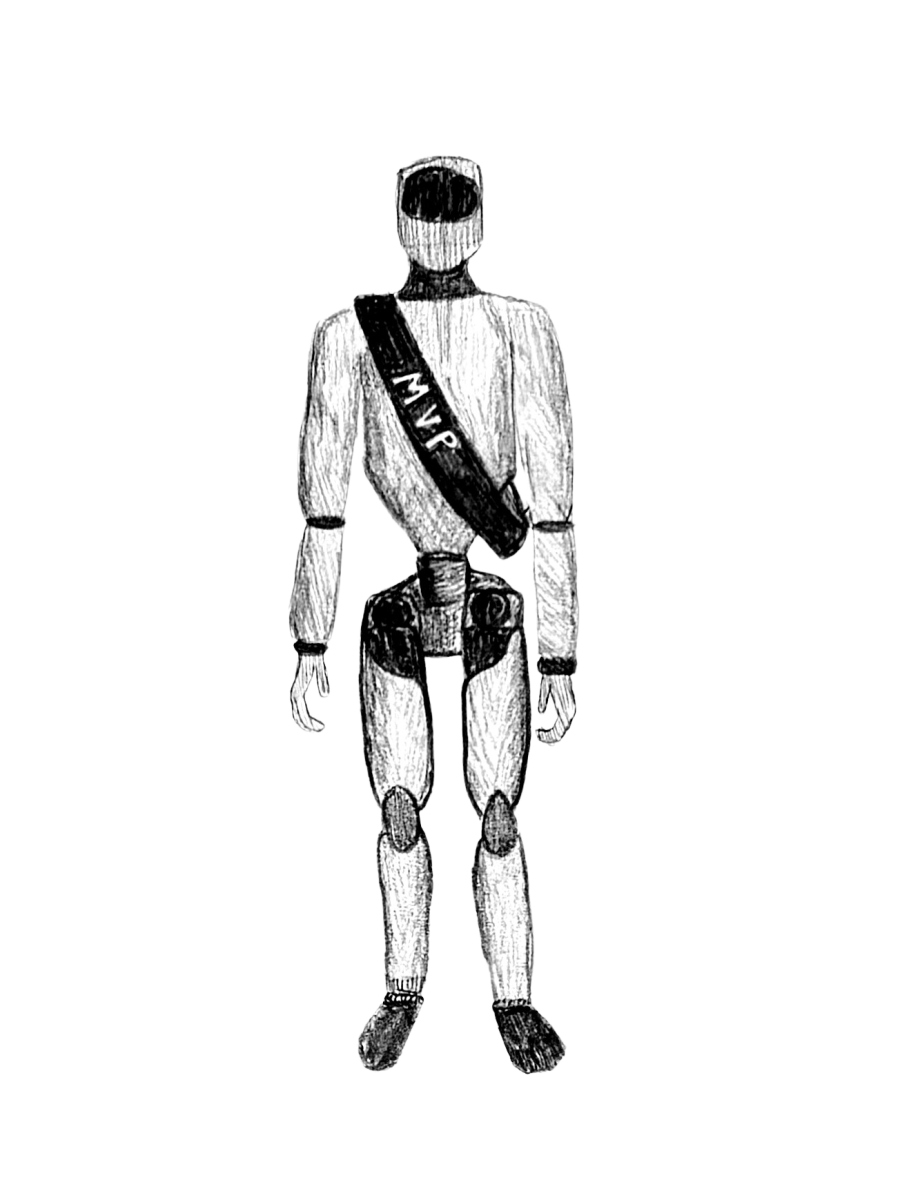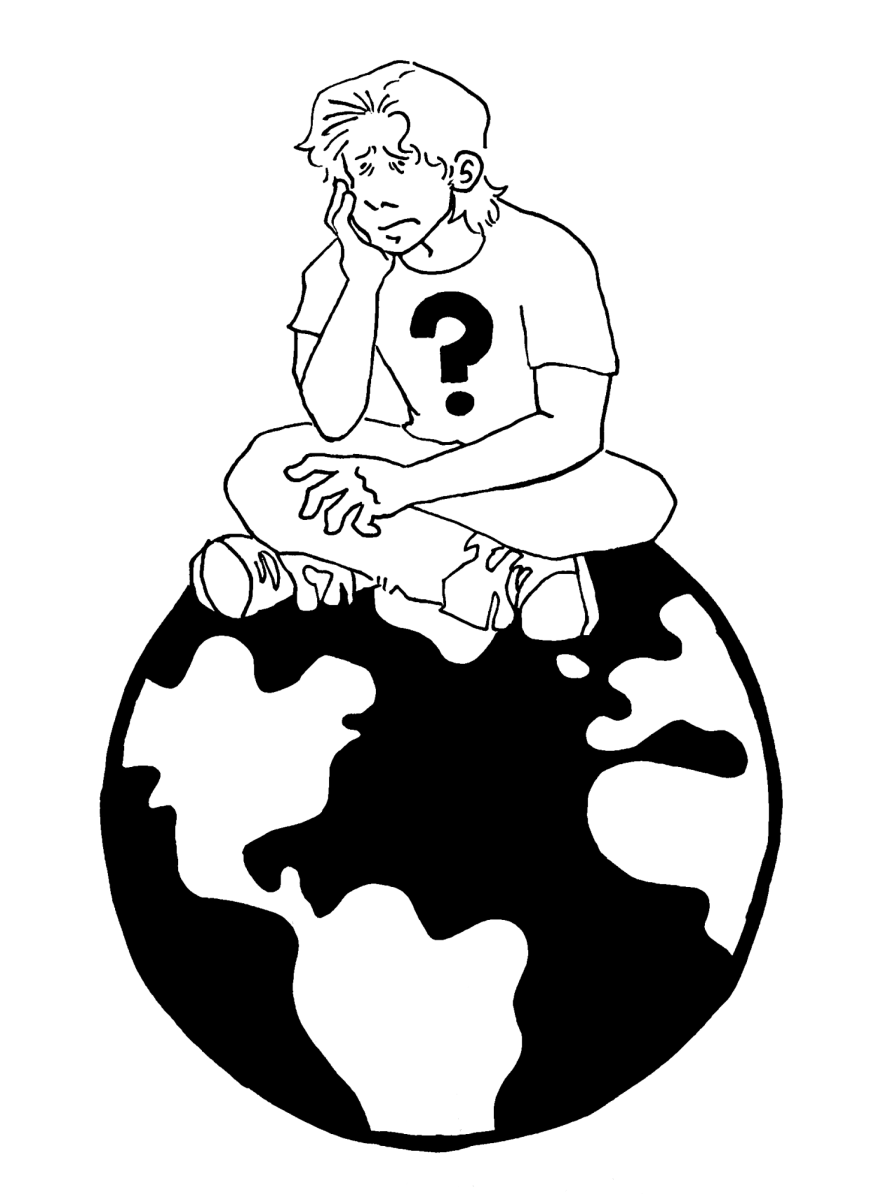How to look fashionable, without contributing to climate change
Brett Richter, Opinions Editor
Originally published June 11, 2021
Photo by (unknown) via peakpx.com licensed under CC0 1.0
On the most basic level, when asked the question: “is sustainable fashion good?” I feel as though most of us would nod our heads in agreement. I hope so, anyway.
Because on the most basic level, it is good.
Here is a quick fact: According to the Air Transport Action Group, “the global aviation industry produces around 2% of all human-induced carbon dioxide (CO2) emissions.” The fashion industry, on the other hand, creates a whopping 10% of the world’s carbon emissions and 20% of global wastewater.
Obviously, this is a problem that needs to be dealt with.
“Sustainable fashion” is the idea of creating a fashion industry capable of being sustained for decades to come, without human rights violations, illegal labor, insanely low wages and mountains of waste.
One thing we are often instructed to do to combat this dark side of fashion is buying sustainably made clothing. Usually, these clothes use fabrics that are recycled, natural or cause less harm for workers and the environment. The clothing designs are often simple and classic, well-cut and meant to be worn over and over.
Think of brands like Everlane, Patagonia and Reformation, to name a few.
However, when shopping at any of these brands, one noticeable common feature is the price. It’s high, and not everyone can afford to spend $148 dollars on a white button up.
Not to mention that many sustainable brands are not size inclusive. To put it in perspective, many brands only go up to a size XL in women’s clothing, which corresponds to a numeric size 16-18.
And what’s the average size for an American woman? Well, according to the International Journal of Fashion Design, Technology, and Education, it’s a—you guessed it—“size 16–18.”
There are some brands trying to be more size inclusive, like Girlfriend Collective that goes up to a size 6X (38-40) and Universal Standard that goes to a size 40. There’s also Kirrin Finch, which goes up to a size 24 and offers clothing made for a more androgynous look.
The brand Hours sells sustainably and ethically made clothing exclusively for women’s sizes 14 to 28. Big Bud Press, an LA-based small business sells unisex clothing up to a size 7X (42-44), in much more daring styles that stray away from the normal “white tee and jeans” look.
The upside to these clothing products is the quality. The fabric, stitching and cuts really are as high quality and flattering as possible, which may not be top priority for some, but that $18 white T-shirt you buy from Everlane will last you much longer than the $5 one from Forever 21, and uses sustainable cotton farming that causes much less harm to the environment than the typical pesticides.
Basically, although exclusively buying clothing from sustainable brands would be a great way to go, it’s simply not realistic for the vast majority of people, and that is totally okay. Sustainably made clothing still costs more to produce, and therefore has much higher selling prices. It’s truly not a completely accessible part of the fashion industry just yet.
So what’s the other option?
Thrifting.
But before you release that heaving sigh of relief I know you’ve been holding in this whole time—thrifting also doesn’t offer a perfect fashion pollution solution.
Thrifting has gone from a social faux-pas to a trendy hobby in a pretty short amount of time. And just like anything else that “blows-up” this often results in higher prices and over-picked stores.
I know I can’t be the only one who walks into a thrift store looking for one item and leaves with a bag full of stuff that I just had to get because “it’s an almost-new pair of Doc Martens for only $20!” only to end up re-donating half of that stuff later anyway, all while my closet grows exponentially.
Or, maybe that’s just a personal problem that I have to face within myself.
The point is, it’s a never ending cycle of thrift and donate, and it may actually be leaving thrift stores with too many donations. According to the executive director of Secondary Materials and Recycled Textiles (SMART), “About 80 percent of the donations are carted away by textile recyclers….that means about 3.8 billion pounds of clothing that is donated each year is recycled.”
And fast fashion certainly isn’t helping thrift stores out either. A majority of things donated are from fast fashion brands, which tend to be of a much lower quality. Many of these clothes end up at huge warehouses (think of the Goodwill Outlet, AKA, “the bins”), where they are sold for much cheaper.
In response to this, many thrift stores are now training their employees to look for “‘on-trend’ vintage—older items that line up with current fashion trends and can fetch a slightly higher price because they’re better made.” Basically, the “fashion focus” section.
>
“Think: ‘even though this is a great deal, how’s the fit? Do I have anything like this? Will I wear it? If possible, would I pay full price for this item?’”
But where does this leave families that rely on thrifted clothing exclusively?
In my personal opinion, thrifting still helps recycle perfectly good clothing, and is a much better alternative to purchasing from fast fashion brands. It’s a great option for people who want to be more sustainable with their wardrobes.
It’s important to realize however that being able to choose to thrift is a privilege, and it isn’t going to single-handedly stop climate change.
When it comes down to it: thrift consciously and in moderation. If you can afford to, try to buy basics and essentials elsewhere. When thrifting in the colder months, maybe leave that winter jacket. Alter the locations that you visit. And try to hold thrifted clothing to the same standards in the dressing room. Think: “even though this is a great deal, how’s the fit? Do I have anything like this? Will I wear it? If possible, would I pay full price for this item?”
So go out there. Live long, prosper and be a conscious shopper.

























